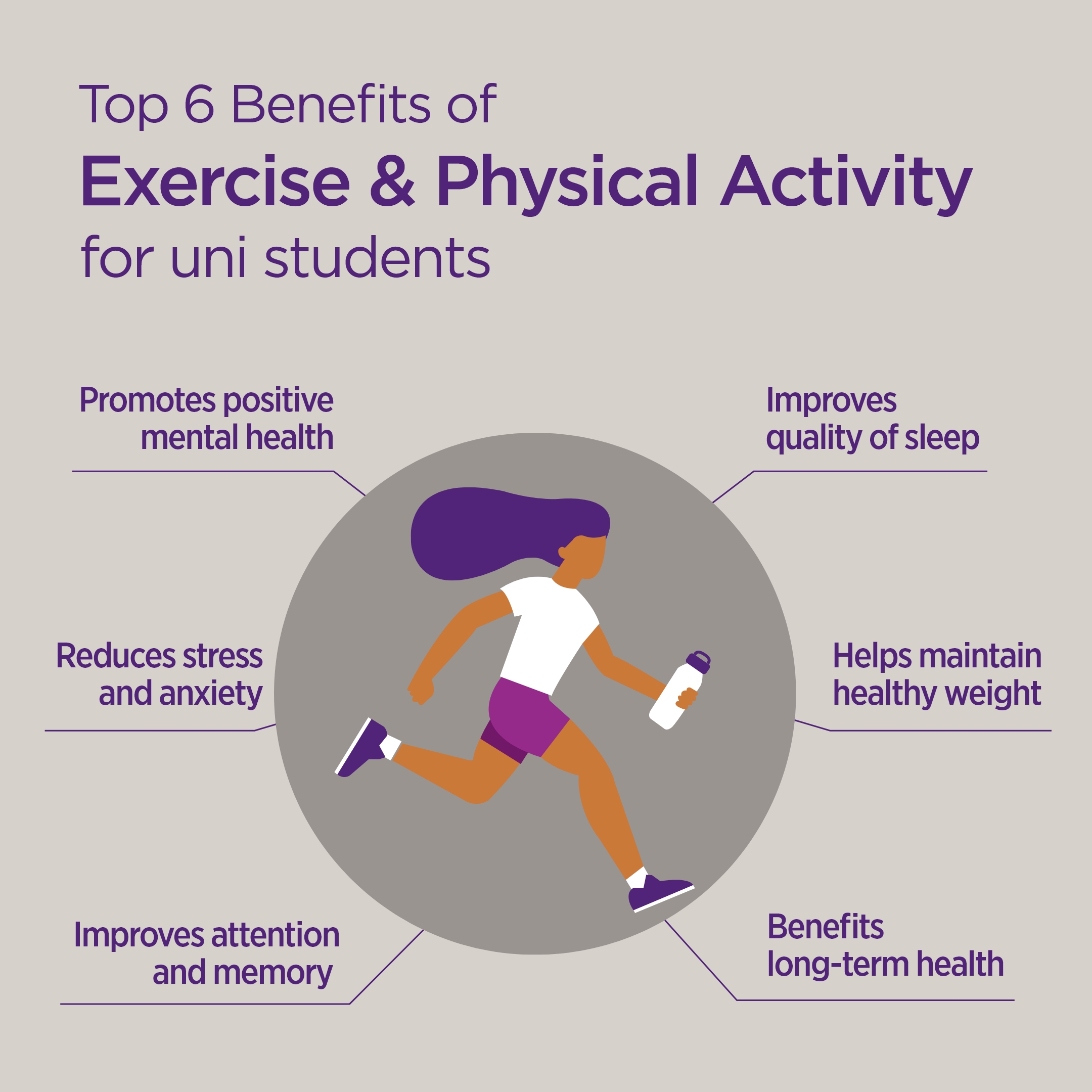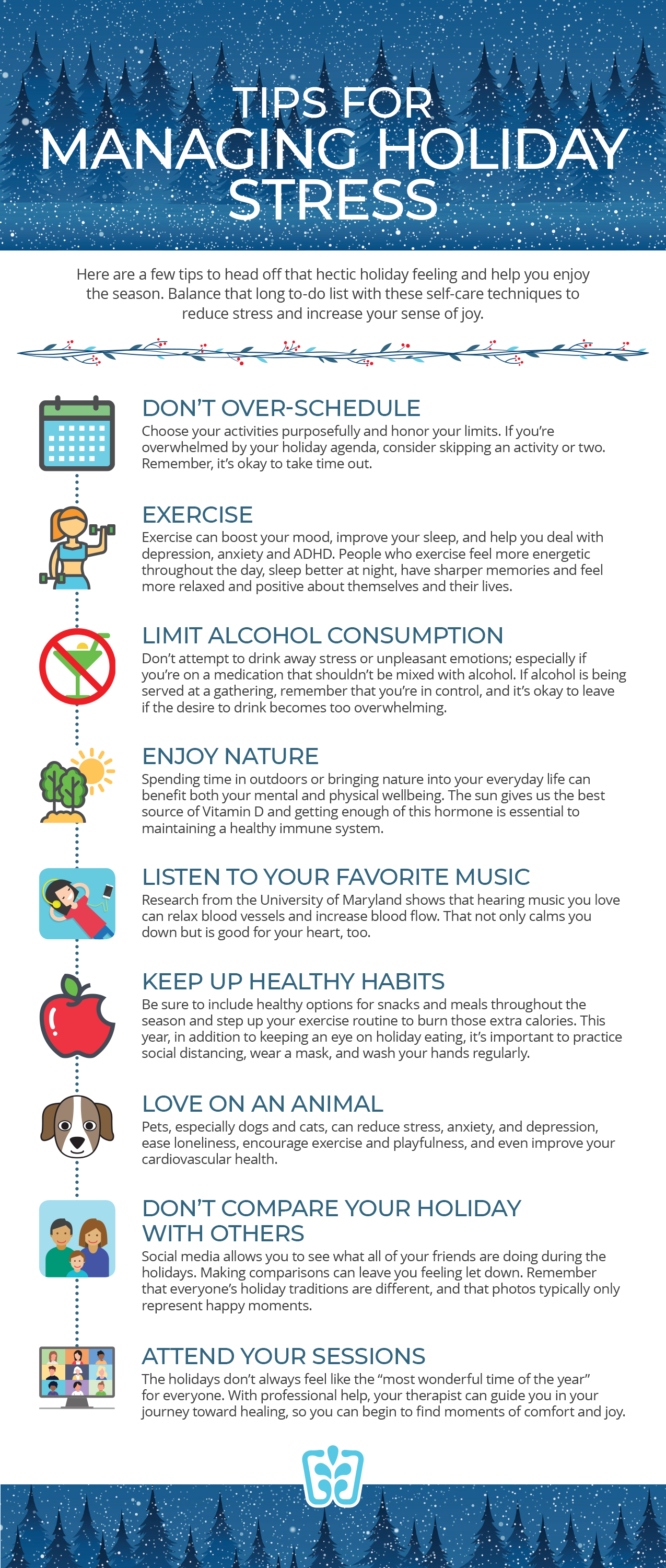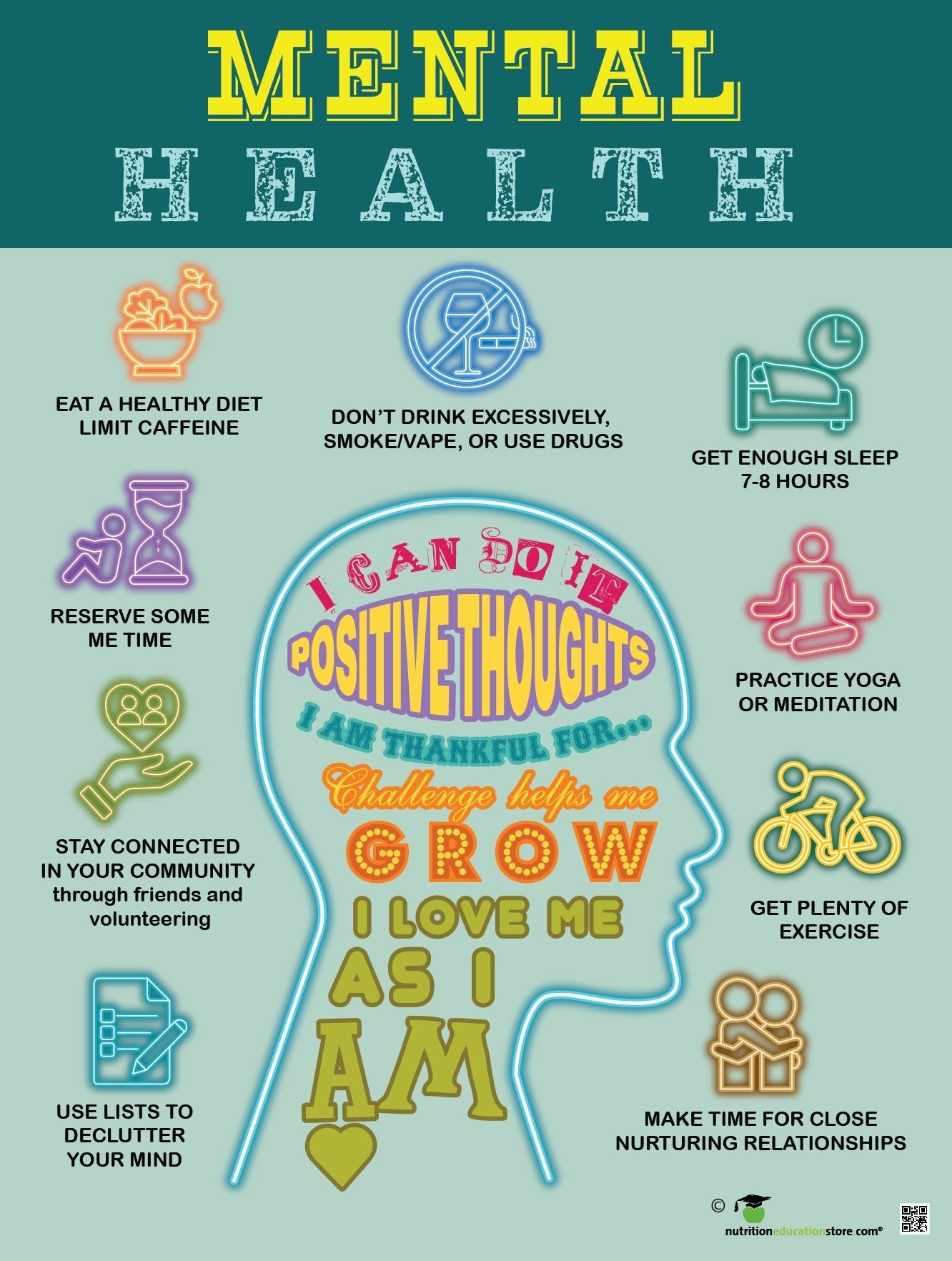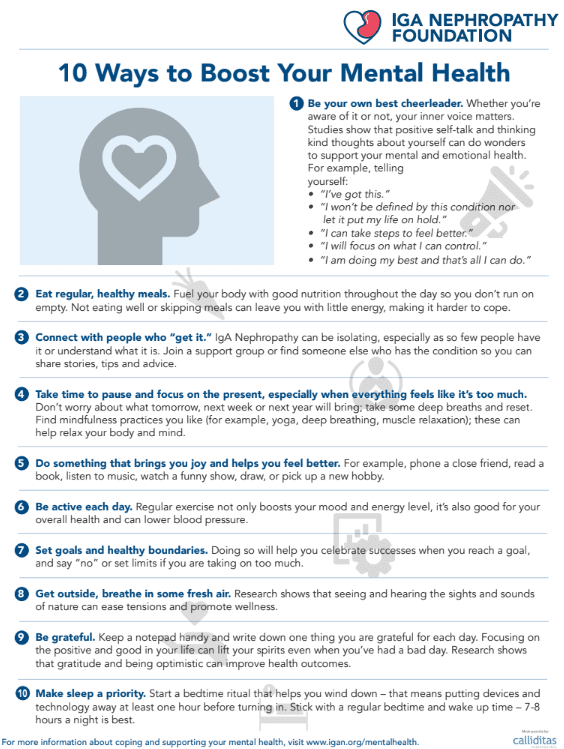Good mental health is possible without exercise through routine, mindset, connection, and care.
You are not broken if movement is off the table. I have spent years helping people find positive mental health for people who cannot exercise by using simple, proven tools they can do from bed, a chair, or a quiet room. This guide packs research, real-life tips, and gentle steps you can start today. If you want calm, focus, and hope without workouts, you are in the right place.

When exercise is not an option: naming the reality
There are many reasons you cannot exercise. Pain, fatigue, disability, injury, surgery, burnout, or a tight schedule can all be real barriers. That does not mean you must give up on mood and energy. Positive mental health for people who cannot exercise starts by honoring limits and working with what is in reach.
It helps to reduce shame. Your worth is not tied to workouts. Your nervous system can still heal and grow. We will use small steps that add up.

The science of feeling better without workouts
Mood is not only made in the gym. Sleep, light, social bonds, and thoughts shape brain chemistry. Research shows that sunlight sets your body clock and can lift serotonin. Warm connection may raise oxytocin and reduce stress.
Calm breathing can tone the vagus nerve and ease the stress response. Mindfulness and self-compassion change brain pathways linked to worry. These are key levers of positive mental health for people who cannot exercise.

Daily foundations you can control today
Tiny habits can be powerful. Think of them as soil for mental health. Here are simple actions that do not require exercise.
- Morning light Get 5 to 15 minutes of daylight soon after waking, even by a window.
- Gentle structure Pick three anchor times each day for meals, meds, and rest.
- Hydration Keep water within reach. Sip often.
- Media diet Set a news window. Avoid doom scrolling before bed.
- Breathing breaks Do two minutes of slow breathing, three times a day.
I have watched clients feel better with small, steady routines. These are the base for positive mental health for people who cannot exercise.

Mind tools that lift mood fast
Your thoughts are not facts. You can train them with care. These tools are free and effective.
- Thought check Write one stressful thought. Ask: Is it 100% true? What is a kinder view?
- Self-compassion Place a hand on your chest. Say: This is hard. Many people feel this. May I be kind to myself now.
- Mindfulness Try five minutes of noticing breath, sounds, and touch. If your mind wanders, return to the next breath.
- Values map List three values such as family, learning, or kindness. Pick one tiny act today that serves one value.
- Journaling Do a two-minute brain dump at night to clear mental clutter.
Studies show these skills reduce anxiety and low mood. They are core to positive mental health for people who cannot exercise.

Sensory resets you can do from a chair or bed
Your senses are a fast path to calm. Think of them as dimmer switches for stress.
- Grounding 5-4-3-2-1 Name five things you see, four you feel, three you hear, two you smell, one you taste.
- Paced breathing Inhale for four. Exhale for six. Repeat for two to five minutes.
- Progressive release Gently tense and release face, hands, and feet if safe to do so.
- Soothing inputs Try a warm pack, soft blanket, or favorite scent.
- Music for mood Build a calm playlist at 60 to 80 beats per minute.
These resets lower arousal and help focus. They support positive mental health for people who cannot exercise.

Connection and purpose without leaving home
Loneliness hurts. It is as hard on the body as poor sleep. Yet small bonds count.
- Short calls Use a 10-minute check-in with a friend or family member.
- Asynchronous chats Leave voice notes. Send a kind text. Share a photo.
- Online groups Join a safe, moderated community that fits your interests.
- Service from home Offer mentoring, editing, or listening sessions online.
- Pets Spend time with your pet. If you do not have one, watch pet videos or borrow a neighbor’s dog for a visit.
Purpose grows when you feel useful. These ideas build positive mental health for people who cannot exercise by boosting meaning and support.

Creativity and play for brain balance
Play is medicine for the mind. It lights up reward systems and reduces rumination.
- Art Doodle for five minutes. Use color to match your mood.
- Music Hum, sing, or tap a rhythm. It can shift your state fast.
- Story Write a short scene or a small memory. No rules needed.
- Games Try a puzzle or word game. Keep it light.
- Humor Watch a favorite comedian or a feel-good show.
I keep a “joy kit” at my desk with pens, stickers, and a playlist. Many clients build their own. This is a gentle route to positive mental health for people who cannot exercise.

Food and brain health made simple
Food is fuel for mood. You do not need a strict plan to see gains.
- Steady energy Pair protein with fiber. Think yogurt with berries or hummus with crackers.
- Omega-3 Add tuna, salmon, walnuts, or flax when you can.
- Color Add one fruit or veggie at lunch.
- Blood sugar Avoid long gaps without eating if it makes you shaky or irritable.
- Hydration Keep water or tea at hand.
Evidence links balanced meals to better focus and mood. Talk to your clinician if you have special needs. Nutrition supports positive mental health for people who cannot exercise.

Sleep that supports your mood
Sleep is the strongest daily reset. Small shifts can help.
- Consistent timing Keep the same wake time most days.
- Light and dark Get light in the morning and dim light at night.
- Wind-down routine Use a 20-minute ritual. Try warm tea, a shower, or an easy read.
- Worry list Write tomorrow’s to-dos before bed to clear the mind.
- Bedroom cues Keep the bed for sleep and rest if you can.
Better sleep often brings faster mood gains than any workout. It anchors positive mental health for people who cannot exercise.
Pain, fatigue, and your mental health
Pain and fatigue are real. They change how the brain processes stress. A pacing plan can help.
- Set energy budgets Plan one main task per day. Add one bonus if energy allows.
- Flare toolkit Prepare soothing items and steps for tough days.
- Gentle acceptance Say: Today I will do what I can, not what I wish I could.
- Reward effort Celebrate tiny wins. Mark them in a log.
When I worked with a client with chronic pain, we tracked energy like money. That language lowered guilt and grew confidence. This builds positive mental health for people who cannot exercise.
Tech that helps without effort
Use tools to make habits easier.
- Teletherapy Meet a therapist by video or chat.
- Meditation apps Try short guided sessions for breathing or sleep.
- Reminders Set cues for meds, water, and breaks.
- Gratitude apps Log three good moments each day.
- Background sounds Use brown noise to focus or relax.
Choose tools that feel light, not heavy. Tech can support positive mental health for people who cannot exercise by reducing friction.
Build your personal plan in seven steps
A simple plan beats a perfect plan. Here is a quick way to start.
- Pick one goal Feel calmer, sleep better, or connect more.
- Choose two daily actions Example Morning light and two-minute breathing.
- Set triggers Link actions to existing habits like brushing teeth.
- Remove friction Place water, meds, or journal within reach.
- Track tiny wins Use a simple checkbox each day.
- Review weekly Keep what works. Drop what does not.
- Add support Tell one person your plan. Ask for gentle check-ins.
This is how you grow positive mental health for people who cannot exercise, one small step at a time.
Common mistakes to avoid
You do not need to be perfect. Avoid these traps.
- All-or-nothing thinking Aim for better, not best.
- Overconsumption of news Protect your nervous system with limits.
- Skipping sleep for screens Sleep is healing time for mood.
- Isolating when low Reach out before you feel worse.
- Ignoring medical symptoms Seek care if pain, fatigue, or mood shift fast.
Being kind to yourself is not a luxury. It is the path to positive mental health for people who cannot exercise.
When to seek more help
Reach out for professional help if mood stays low for weeks, if you lose interest in things you love, or if you have thoughts of self-harm. Contact your clinician, a trusted person, or local emergency services in a crisis. There is real help, and you deserve it. This is part of positive mental health for people who cannot exercise.
Frequently Asked Questions of positive mental health for people who cannot exercise
What are the best first steps if I cannot exercise at all?
Start with morning light, a steady wake time, and two-minute breathing. These steps are easy, low effort, and proven to help mood.
Can breathing really change how I feel?
Yes. Slow exhale-focused breathing calms the stress response and steadies the heart. Many people feel relief in minutes.
How can I stay social when I am homebound?
Use short, regular touchpoints like voice notes or 10-minute calls. Join one safe online group for shared interests.
What if I try mindfulness and my mind races more?
That is normal at first. Start with guided sessions for two to five minutes and add self-compassion language.
Are supplements needed for mood?
Not always. A balanced diet with omega-3s, protein, and fiber can help; speak with a clinician before taking any supplement.
Does screen time always hurt mental health?
It depends on content and timing. Set clear limits, avoid late-night scrolling, and choose uplifting media.
How fast can I feel better with these steps?
Some people feel a shift within days, especially with sleep and light. Deeper changes often build over weeks with steady habits.
Conclusion
You can grow mental health without exercise by using light, sleep, breath, connection, and purpose. Small steps, done often, change how your brain and body feel. Build one habit this week, track your wins, and ask for support when you need it.
If this guide helped, try one tip today and share your experience. Subscribe for more practical mental health tools, or leave a comment with your questions so we can support your journey.





